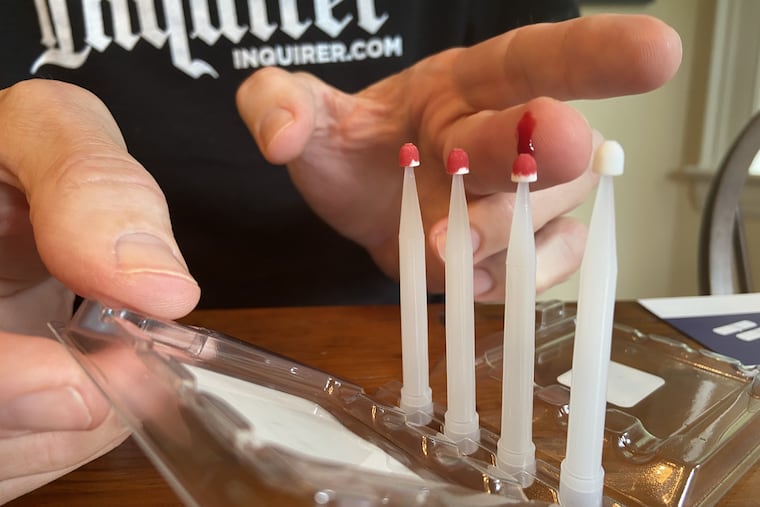It’s too soon to declare herd immunity against COVID-19. My blood helps explain why.
Inquirer reporter Tom Avril was among more than 11,000 volunteers chosen for an NIH antibody study.

Inquirer reporter Tom Avril was among more than 11,000 volunteers chosen for an NIH antibody study.
